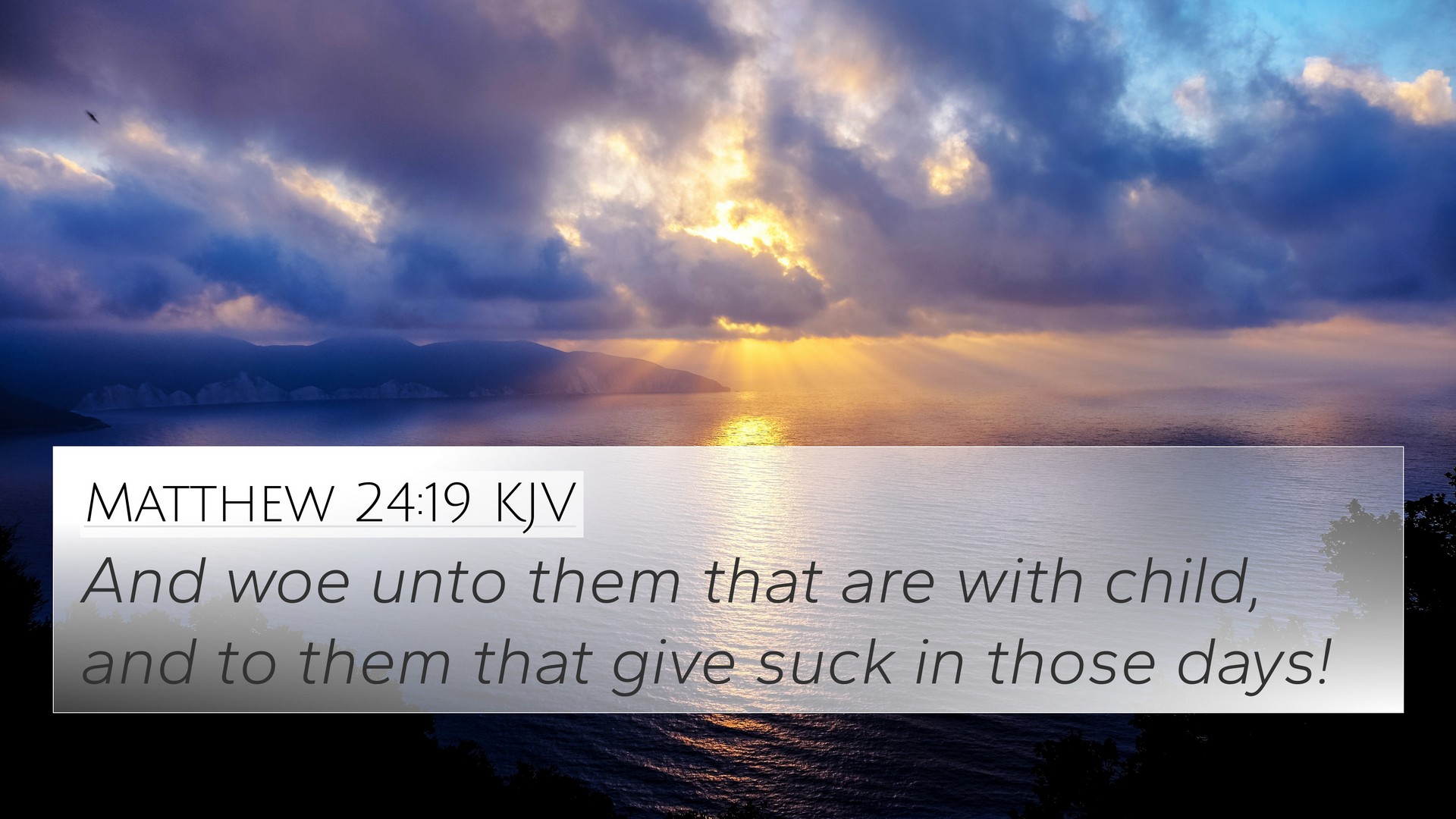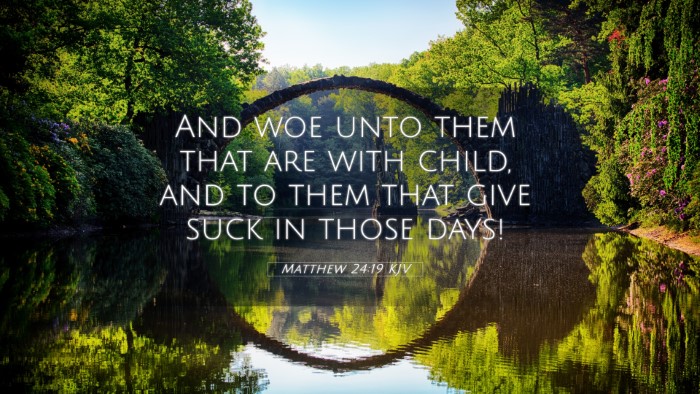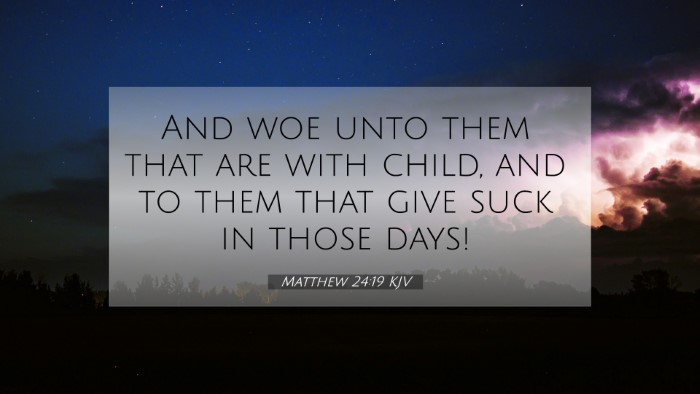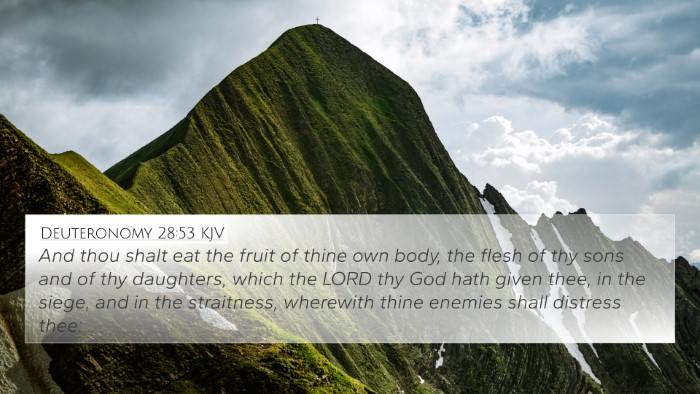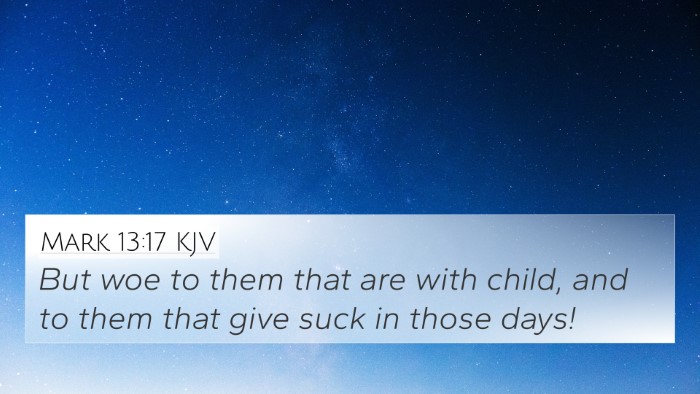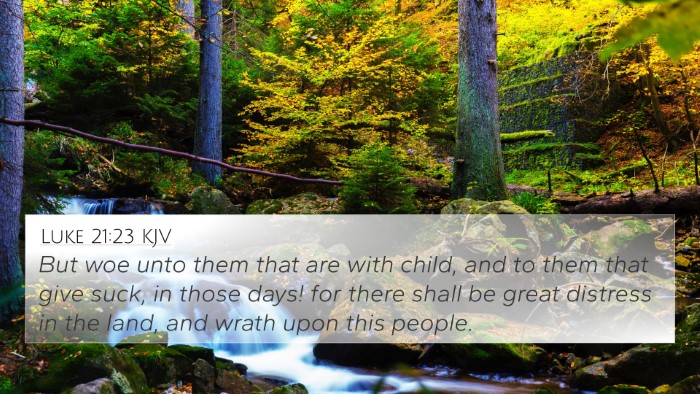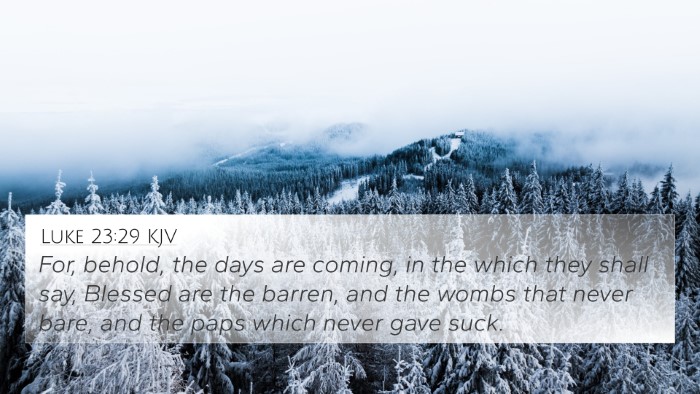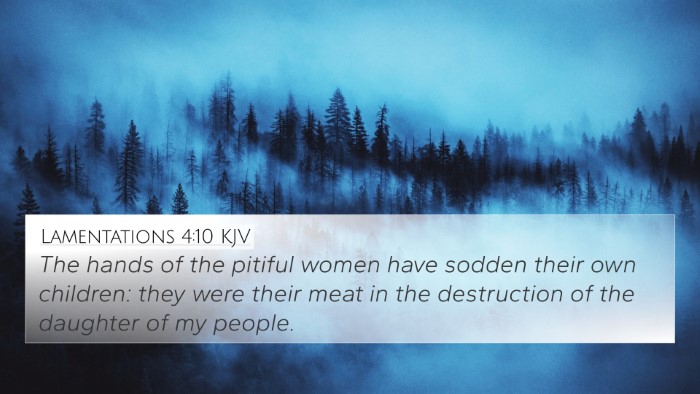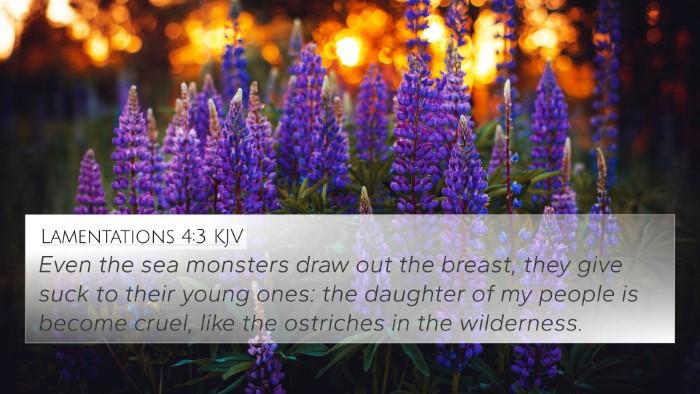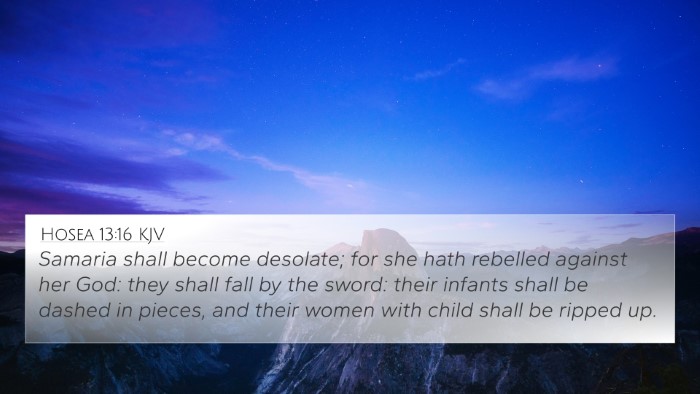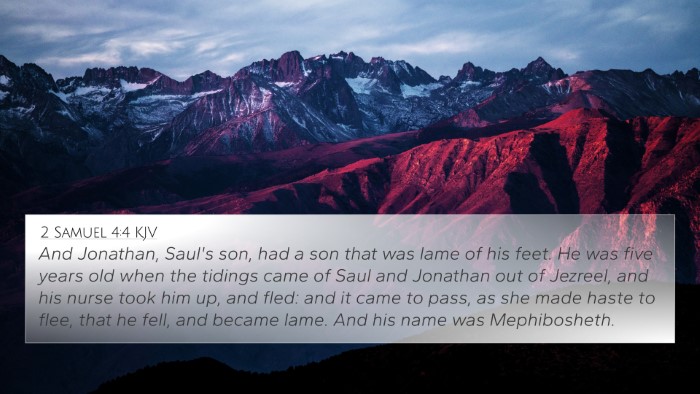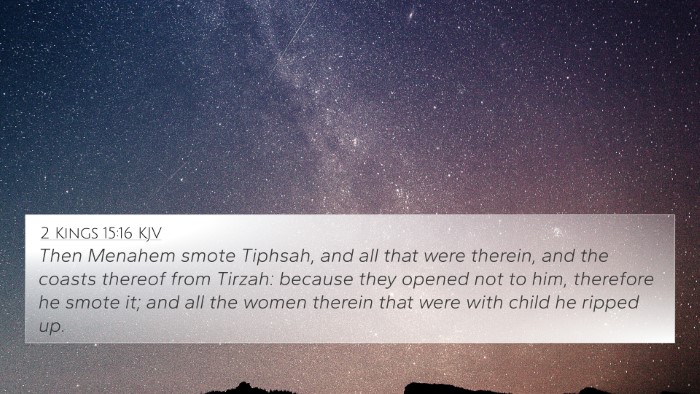Understanding Matthew 24:19
Verse: "But woe to those who are pregnant and to those who are nursing babies in those days!" - Matthew 24:19
Meaning of Matthew 24:19
Matthew 24:19 is a somber reflection on the difficulties that will arise during the prophesied time of tribulation. It emphasizes the pain and hardship faced by those who are most vulnerable, particularly pregnant women and nursing mothers. The implications of this statement suggest a heightened awareness of human suffering during catastrophic events.
Commentary Insights
-
Matthew Henry: Matthew Henry elaborates on the significance of this warning, highlighting that those with young children will face unique challenges. Their burden during times of distress will be intensified due to their responsibilities and vulnerabilities.
-
Albert Barnes: Barnes reflects on the moral obstacles that the coming tribulations will impose. The verse expresses the sorrow to come, focusing on how familial obligations can complicate one's ability to flee or endure hardship.
-
Adam Clarke: Clarke suggests that this lamentation extends beyond physical implications; it offers a spiritual admonition regarding the distractions and demands of family life during catastrophic periods.
Thematic Analysis
This verse evokes themes of:
- Vulnerability: Pregnant and nursing women symbolize the most defenseless in society during calamity.
- Sorrow: The mourning of lost opportunities and safety during tumultuous periods.
- Responsibility: The weight of familial responsibilities that complicate one's ability to respond to looming disasters.
Bible Cross-References
In analyzing Matthew 24:19, several cross-references can be identified that provide further insights:
- Luke 21:23: Similar sentiments are echoed regarding the troubles of the pregnant and nursing during upheaval.
- Isaiah 13:18: Further illustrations of the calamities that lead to great mourning.
- Jeremiah 4:31: The pain of childbirth used metaphorically to describe societal collapse.
- 1 Timothy 5:14: Encouragement for younger widows to marry, bear children, and manage households amidst challenges.
- Revelation 12:4: The imagery of a dragon threatening the woman who represents Israel; a metaphor for suffering in times of persecution.
- Matthew 24:15: Reference to the abomination of desolation signals perilous times ahead.
- Luke 17:26-30: Parallel discussions on the conditions preceding the destruction of nations.
Inter-Biblical Dialogue
Matthew 24:19 encourages us to engage in an inter-Biblical dialogue by connecting the trials and tribulations described throughout scripture. This includes:
- Connections between the Old and New Testaments: Understanding how Old Testament prophecies about tribulation (e.g., Isaiah, Jeremiah) foreshadow New Testament teachings.
- The role of the family: Both in trials of the past and in Jesus' teachings about future tribulations, the family unit frequently emerges as a critical theme.
- Covenant implications: Examining how God's covenant with humanity provides context to human suffering during calamity.
Comparative Bible Verse Analysis
This verse can be included in a broader comparative study of warnings in the Gospels, reflecting on how different authors approached the theme of suffering and responsibility.
Cross-Referencing Bible Study Methods
Engaging with Matthew 24:19 through a structured method of cross-referencing can yield insights including:
- Utilizing a Bible concordance to explore related themes such as suffering, family, and responsibilities.
- Employing a cross-reference Bible study guide to map out connections between thematic elements across different books.
- Exploring Bible chain references for a comprehensive understanding of how one verse illuminates another.
SEO and User Intent Keywords
For those searching to deepen their understanding of Matthew 24:19, consider how to find cross-references in the Bible. Identifying connections between Old and New Testament writings illuminates the prophetic and pastoral implications of this verse.
Conclusion
Matthew 24:19 serves as a poignant reminder of the human condition during times of great distress. Through careful study of related verses, connections between scripture, and thematic analysis, believers are encouraged to prepare both spiritually and practically for challenges they may face.
